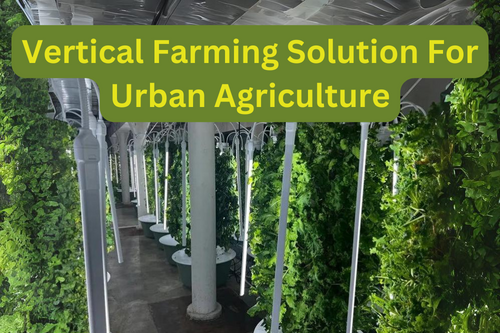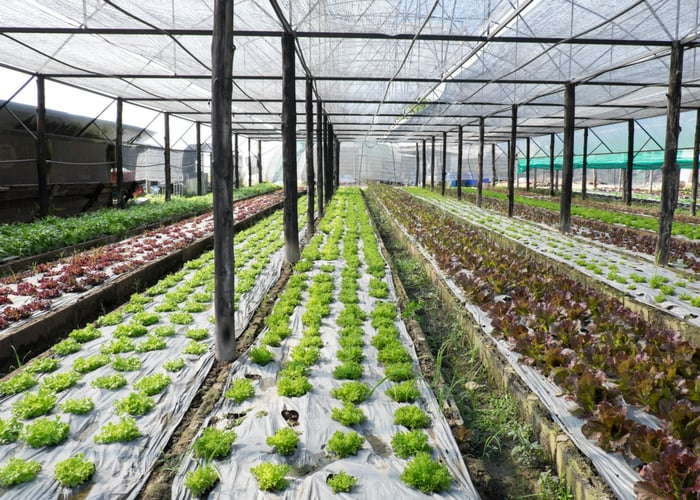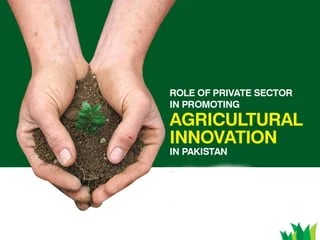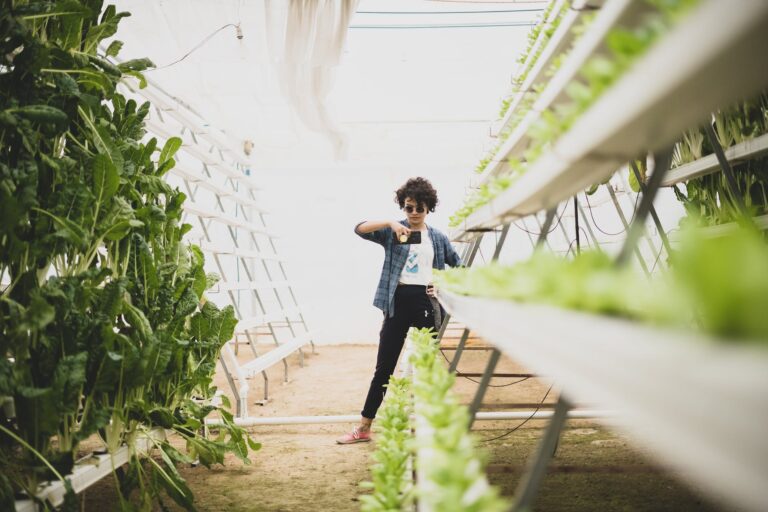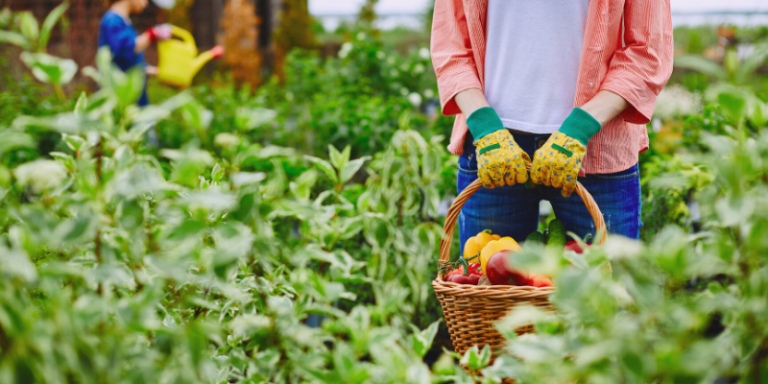Introduction
With the rapid growth of urbanization in Pakistan, the availability of arable land is compact. As a result, there is a growing need for new solutions to address food security challenges in urban areas. Vertical farming is a potential solution for urban agriculture in Pakistan. As it allows crops to be grown in a controlled environment, using minimal space and resources.
The Benefits and Challenges of Vertical Farming in Pakistan
Vertical farming involves the growing of crops in vertically stacked layers, using artificial lighting, climate control, and hydroponic systems. This approach allows crops to be grown in a controlled environment, with optimal temperature, damp, and lighting conditions. Moreover, systems use up to 90% less water than traditional farming methods, as water is recycled within the system.
One of the key advantages of vertical farming is its potential to maximize the use of limited space in urban areas. Vertical farming systems can be installed in a range of settings, including rooftops, abandoned buildings, and shipping containers. This approach allows crops to be grown in areas where traditional agriculture is not possible. Moreover, vertical farming systems can be scaled up or down, depending on the available space, allowing farmers to tailor their production to meet market demand.
Another advantage of vertical farming is its potential to produce high-quality, fresh produce year-round. The controlled environment of farming systems allows crops to be grown in optimal conditions, reducing the risk of pests and diseases. Moreover, the use of artificial lighting can extend the growing season, allowing farmers to produce crops throughout the year.
Vertical farming also has the potential to reduce the environmental impact of agriculture in urban areas. As crops are grown in a controlled environment, there is no need for pesticides or herbicides, reducing the risk of Poisoning of soil and water. Moreover, the use of hydroponic systems reduces the need for fertilizers, as nutrients can be supplied directly to the plant roots.

Barriers to the Adoption of Vertical Farming in Pakistan
Despite its potential benefits, there are some challenges linked with implementing vertical farming in Pakistan. One of the key challenges is the high cost of setting up farming systems. The installation of farming systems requires significant upfront investment in infrastructure. Infrastructure includes lighting, climate control, and hydroponic or aeroponic systems. Moreover, the ongoing operational costs of running a vertical farm can be high, particularly in terms of energy costs.
Another challenge is the need for skilled labor to manage farming systems. The operation of farming systems requires technical expertise in areas such as lighting, climate control, and nutrient management. Moreover, the use of artificial lighting and climate control systems requires a reliable electricity supply, which can be a challenge in some areas of Pakistan.
Conclusion
Vertical farming has the potential to be a game-changer for urban agriculture in Pakistan. The approach offers a range of benefits, including the ability to maximize the use of limited space, produce high-quality fresh produce year-round, and reduce the environmental impact of agriculture. However, there are also challenges with farming systems. The high cost of installation and the need for skilled labor is required. By solving these challenges, Pakistan can improve food security, promote sustainable agriculture, and support economic growth in urban areas.
For more Amazing and Unique information and Posts Visit our Home page... If you have any suggestions or information feel free to share with us …

